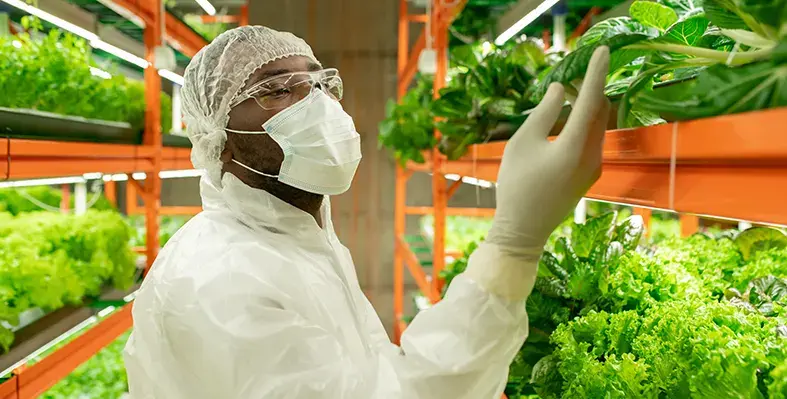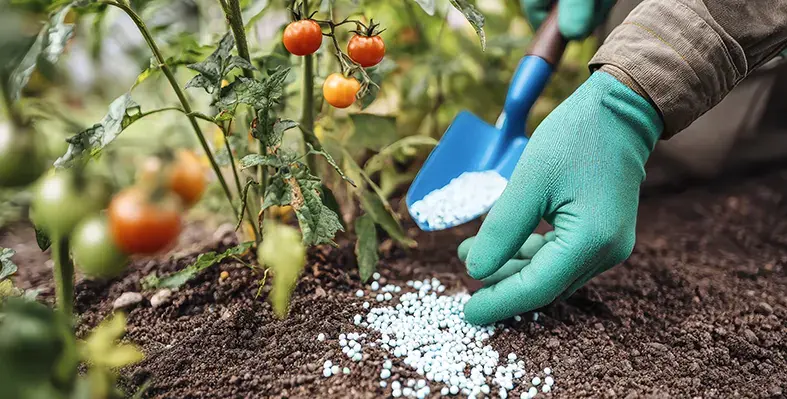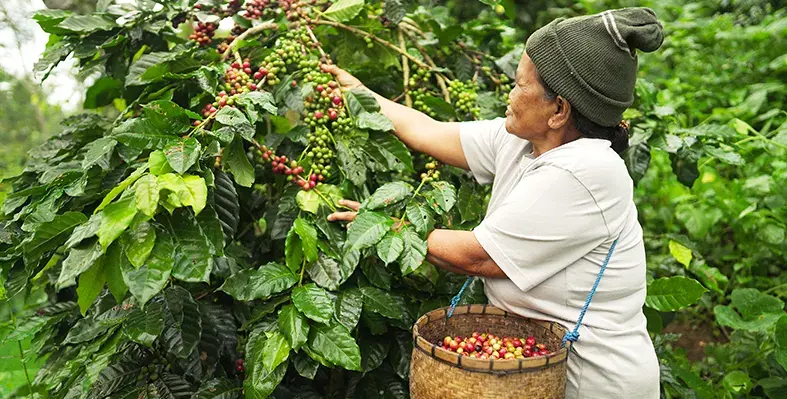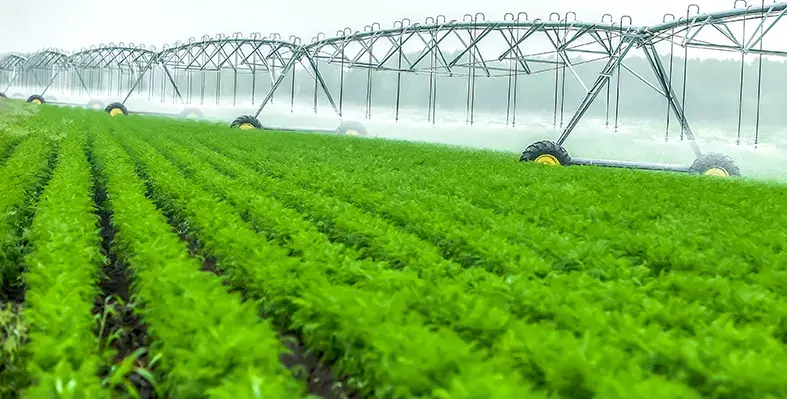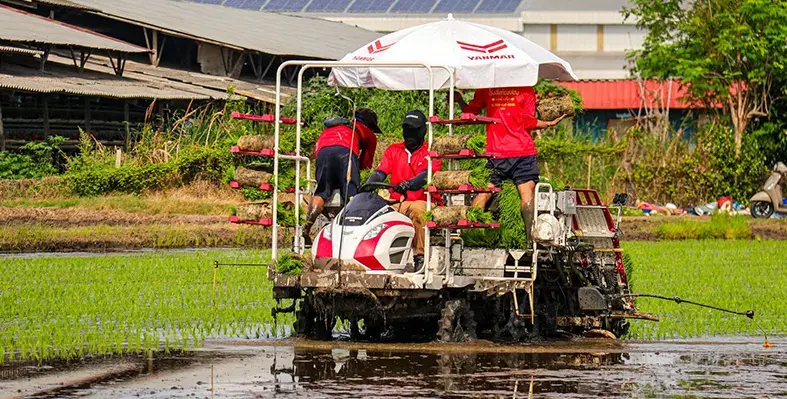The regulatory agency in the Gash Barka area has held food safety workshops for people and animals, focusing on farmers and owners of organisations that provide social services in the sub-zones of Sel'a, Kerkebet, Laelai Gash, Gogni, and Mogolo
During the seminars, Meaze Neguse, an expert in animal resources regulation, cautioned that hazardous food could risk the lives of both people and animals. He stressed the importance of safety and hygiene throughout the whole food production chain, from farm to consumer, and emphasised the close relationship between food safety and environmental protection. He exhorted everyone involved in the food processing and distribution industry to work with regulatory professionals.
Hadish Gebremeskel, a representative of the plant regulatory service, spoke at length about the immediate and indirect negative consequences of misusing pesticides. He aimed at the serious implications of employing unauthorised or harmful agricultural medicines without consulting specialists, noting that these methods are bad for the environment, people, and animals. He requested farmers to switch to organic production methods and utilise only licensed pesticides.
Sub-zone officials, for their part, said that the seminars make a big difference in achieving the objective of "Ensuring Nutritious Food for All and Everywhere." They urged farmers and food processing companies to use the skills they acquired during the training in their regular activities.



